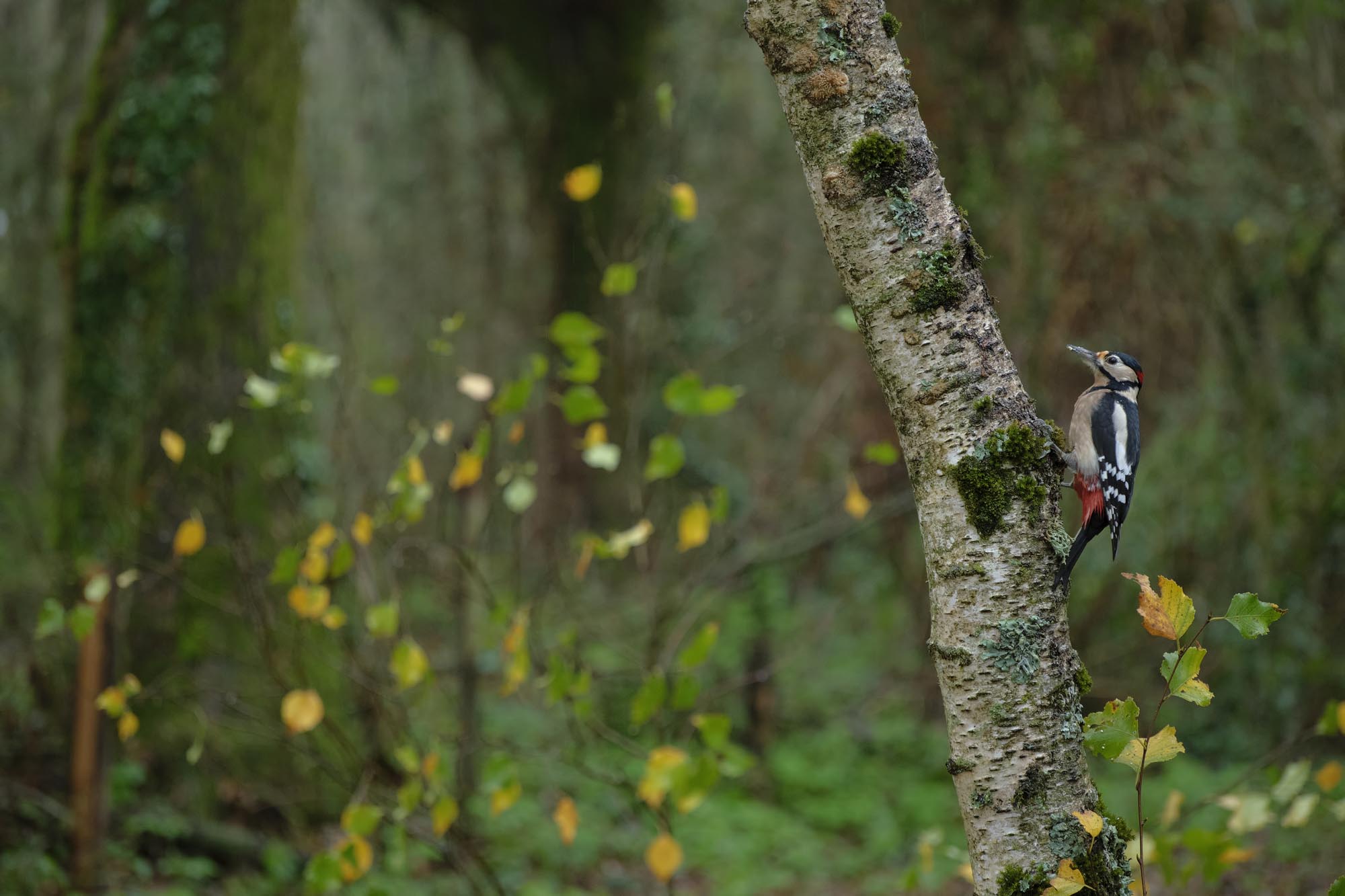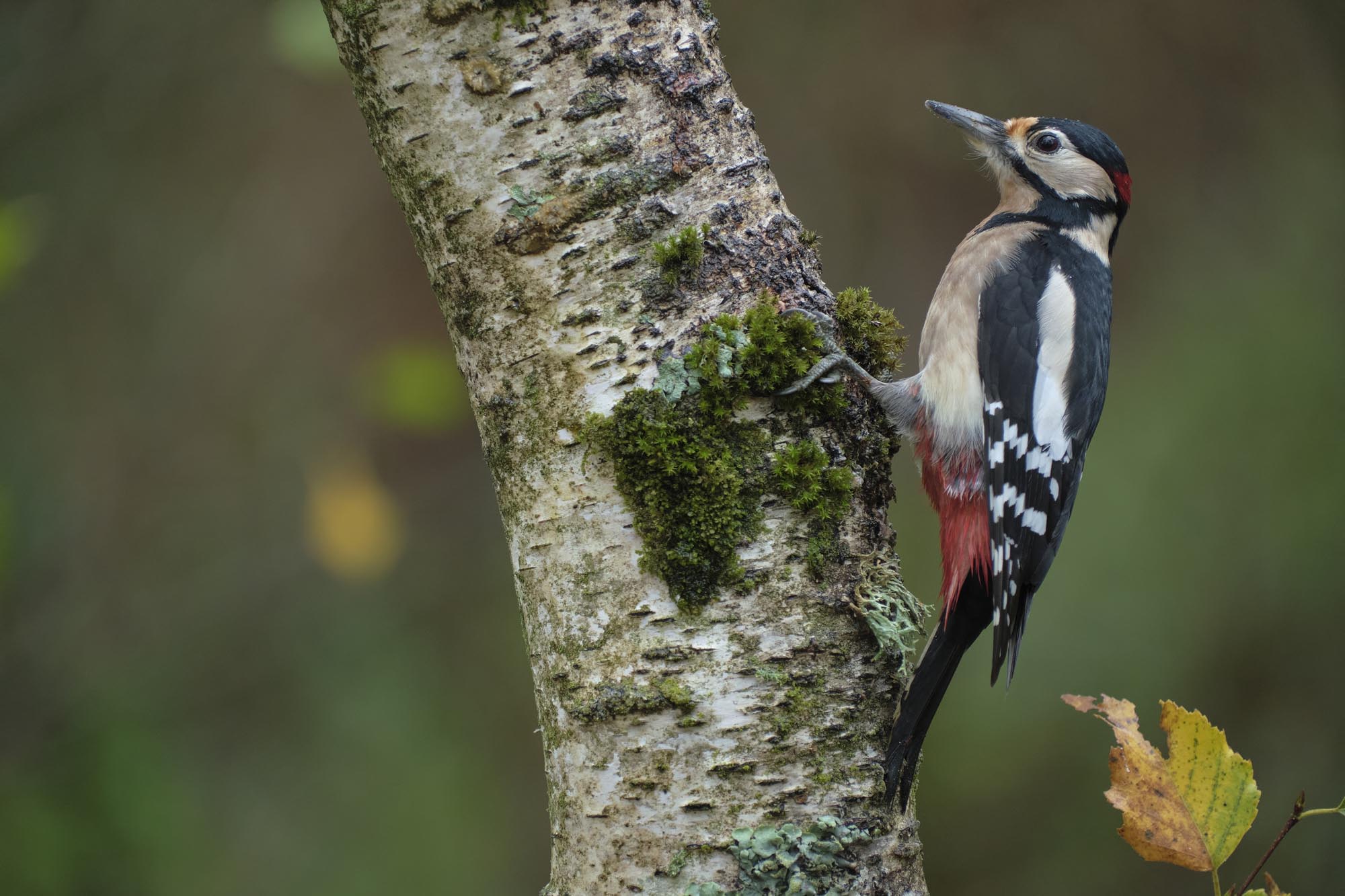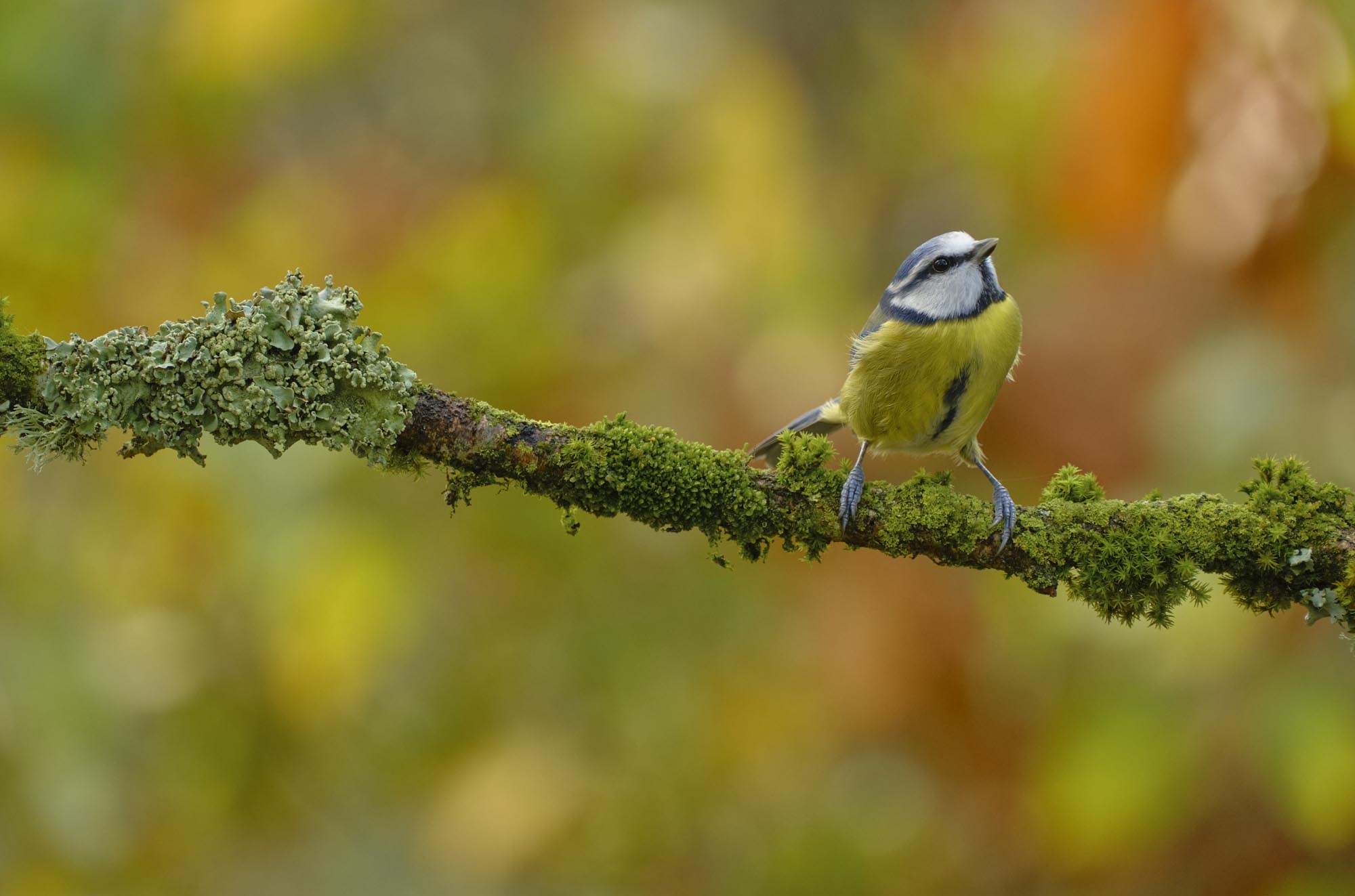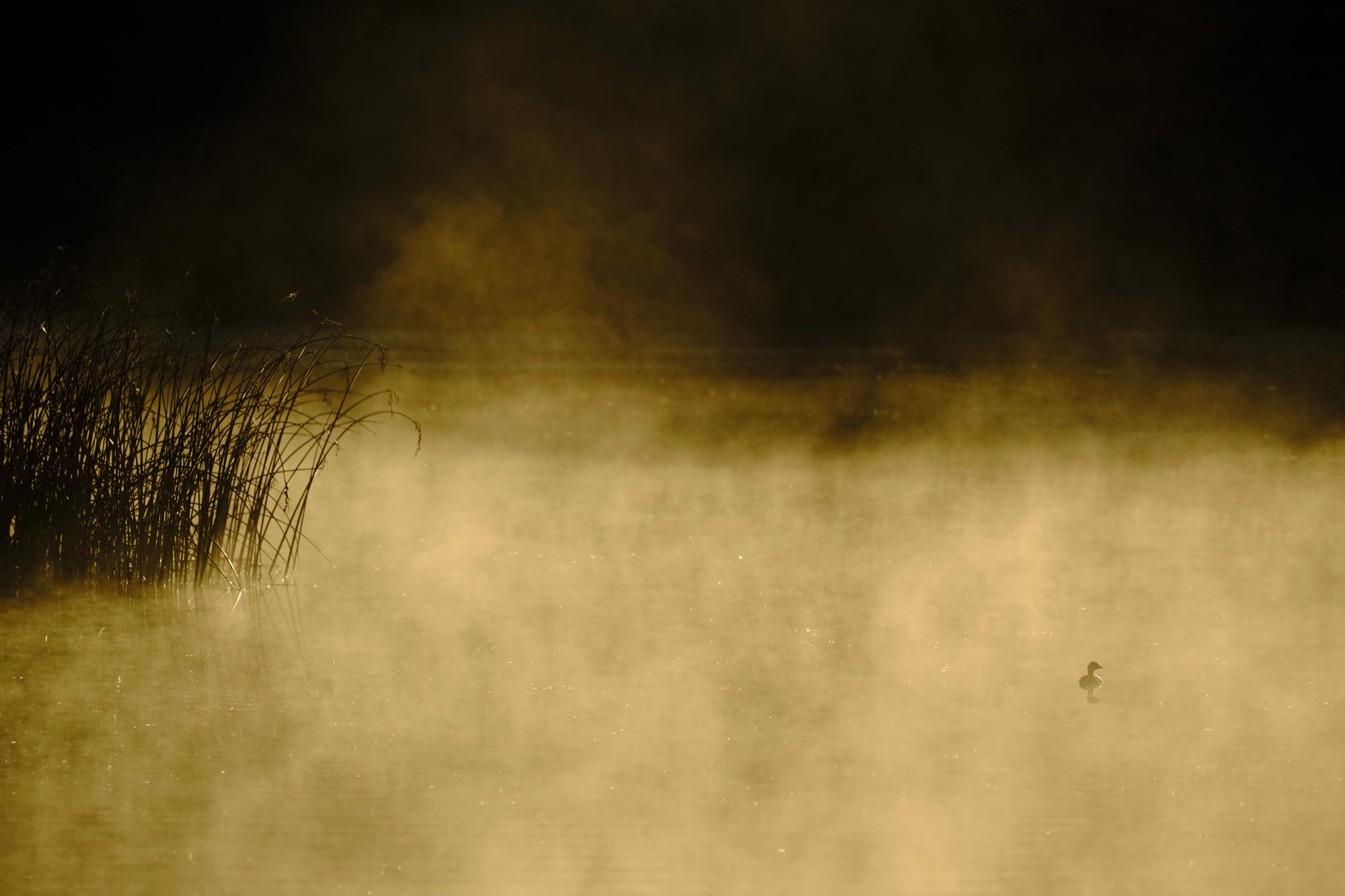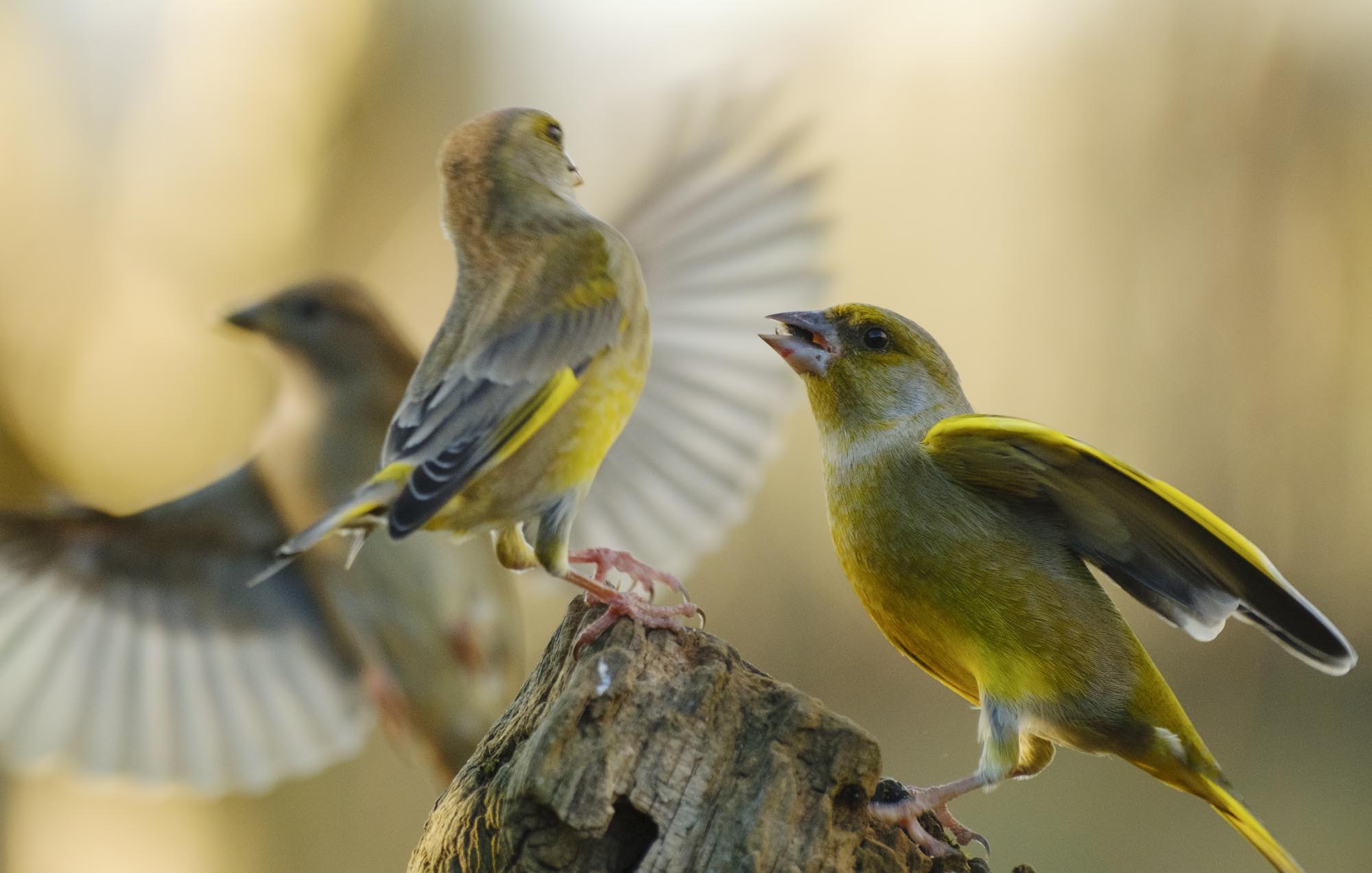
Kiko Arcas
Né à Vigo en 1975
Installé à Vigo, je suis un photographe et un passionné d’oiseaux depuis plus de vingt ans, dont une grande partie en tant que bagueur scientifique, collaborant à des cours d’ornithologie proposés par l’Université de Vigo. J’ai également réalisé divers travaux scientifiques sur l’écologie des espèces comme le bécasseau variable ou la pie-grièche écorcheur, tout cela en collaboration avec mon frère José Arcas, docteur en biologie et artiste centré sur la nature.
Mes photographies ont été publiées dans différents ouvrages et publications, tels que El Rio de la Vida, Fotografiando Aves, Ptaki Otop, Visión Salvaje et Guía de las Especies Marinas de Canarias, entre autres.
Je collabore actuellement en tant que photographe au prestigieux producteur de documentaires sur la nature NaturaHD Films. Je travaille également avec FUJIFILM España et propose des présentations dans toute l’Espagne, notamment au Delta Birding Festival, au Urdaibai Bird Center et au salon international du tourisme ornithologique en Estrémadure. Il y a un an, lorsque Fujifilm España m’a demandé d’utiliser ses appareils photo hybrides, je l’ai pris comme un défi personnel. Non seulement parce que j’utilise des appareils reflex depuis plus de 20 ans maintenant, mais aussi à cause de tout l’environnement technique associé : nouveau système, viseur électronique, équipement plus compact, etc. Maintenant, ce défi s’est transformé en bonheur, en confort et en succès garanti pour aborder n’importe quel travail. Le saut qualitatif (et, disons-le, quantitatif) est plus que remarquable.
J’ai gagné en qualité, mais également en poids, mon équipement ayant perdu quelques kilos ce qui est vraiment important en photographie de nature, car nous passons de nombreuses heures avec des sacs sur le dos. Cette année m’a permis d’essayer les boîtiers X-T2 et X-H1, ainsi que les célèbres et excellents objectifs FUJINON. Tout cela s’est déroulé dans des conditions météo les plus difficiles sur le terrain. J’ai maintenant la conviction inébranlable continuer à utiliser le matériel FUJIFILM.
En tant que photographe de la nature, et plus particulièrement d’oiseaux, j’utilise le X-H1. C’est un appareil d’une grande robustesse avec une bonne prise en main et une grande qualité, qui, combiné au zoom XF100-400mm, me garantit une qualité d’image imbattable. Récompenses : Quelques prix photographique remportés dans de prestigieux concours nationaux et internationaux : Montbarbat 2003 et 2005. Respectivement, finaliste et quatrième prix.
Ateneo Ferrolán 2008. 1er prix.
Parque Nacional Islas Cies 2009.
First prize. BBC Wildlife Photographer of the Year 2010. Finaliste.
Montphoto 2011. 2nd prix.
Glanzlichter 2011. Mention Honorable.
Narava 2012. Finaliste.
Festival de l’Oiseau et de la Nature 2015.
The arrival of a new addition to the already extensive range of Fujinon lenses is a cause for celebration. The new FUJINON XF70-300mmF4-5.6 R LM OIS WR, is a small, compact and extremely versatile zoom lens that will delight any photographer just starting out in the fascinating field of nature photography, whether their speciality is wildlife, landscape or macro photography, or other disciplines such as social-documentary, street photography, etc. Advanced and professional photographers looking to add a medium zoom lens to their kit will find that this lens, with its various focal lengths, will greatly expand their potential to take great shots and increase their composition options.
QUALITY BUILD
It boasts an attractive design and excellent build quality, as is the custom with this brand. It has a metallic body and mounting ring, a lightweight, compact design and is exceptionally well weather-sealed to withstand the most adverse conditions (rain, dust, etc.). It is also image stabilized with an EV of up to 5.5. It also comes with a zoom lens lock, another plus, as it prevents the barrel of the lens from extending and accidentally knocking against other objects when carried over the shoulder, and it also prevents zoom creeping when working at the shortest focal length (70mm). This lightweight lens is ideal for taking on trips into the countryside, camera in hand, allowing the photographer to work swiftly and with complete confidence.
When using with the X-T4, X-T3 or the new X-S10 camera, a focal length of 140-450mm F4-5.6 can be obtained, since, as we know, these are APSC format cameras, which expand the focal length of the lens by 1.5x. If we combine it with a 1.4x teleconverter, the focal length can be extended even further, to a not inconsiderable 196-630mm f/8. This is without considering the crop factor that is available on the X-T3 and X-T4 cameras in their sport finder mode, which will expand our focal range by 1.25x, to obtain a maximum focal length of 800mm.
Field Trial
As you can see in the photos in this article, the superb quality of this new lens can be appreciated when working at any of its focal lengths. It picks out the vivid details at both its shortest focal distance and at its maximum zoom of 300mm. The autofocus function is fast, accurate and instantaneous. With respect to the mechanical parts, the zoom action is exceptionally smooth, allowing you to zoom in and out gradually and to turn the zoom ring confidently. One of its outstanding features is undoubtedly the excellent quality of the bokeh it produces, resulting in images of extraordinary quality that will satisfy professional photographers and fastidious amateurs alike.
When using longer focal lengths (300, 400 and 500mm) in wildlife photography, particularly when capturing birds, our aim is to achieve a soft, out-of-focus background so that our focal point stands out sharply. This can only be carried off with a lens that produces a bokeh that is up to the task, and I believe that the new FUJINON XF70-300mmF4-5.6 R LM OIS WR more than meets this challenge.
MACRO PHOTOGRAPHY
In addition to the longer focal lengths, used in wildlife and landscape photography, the lens also offers the possibility of taking macro images at a minimum distance of 80cm. The results are excellent; the images have a great bokeh with no loss of sharpness, thus enabling the photographer to produce a wide range of appealing shots. Trips into the field will be a much more all-round experience and will generate a wide variety of images to take home (a small bird on a branch, a flower, a spider’s web bathed in the morning dew, and perhaps even a fox bounding across a field).
The possibilities are endless with this new zoom lens. The only limit is your imagination.















































